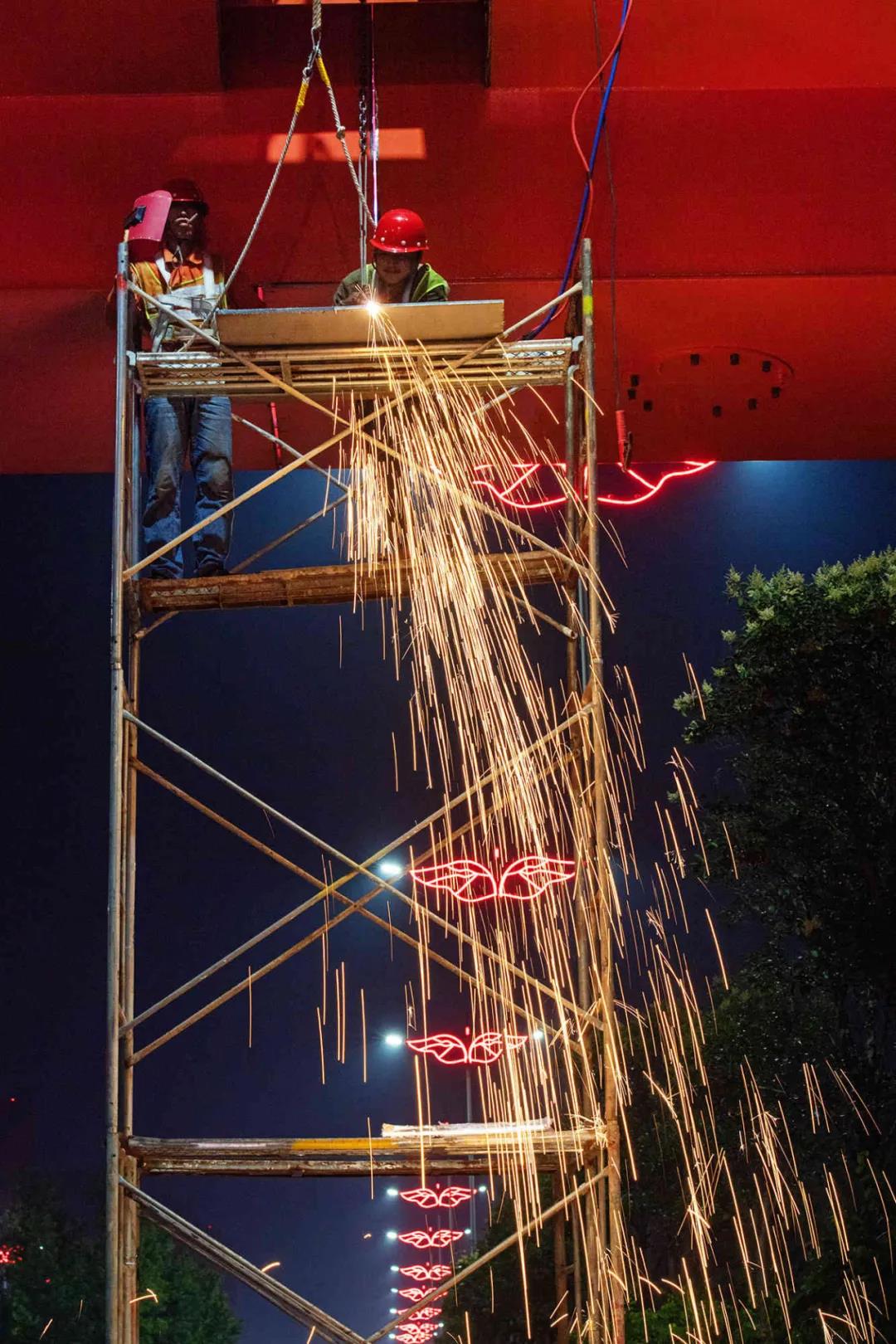The first kite fly up here, Wang Jinmei, a pioneer of CPC set up the revolution here, Shouguang vegetables are enriching Chinese diet, Mo Yan is telling his Chinese story to the world.
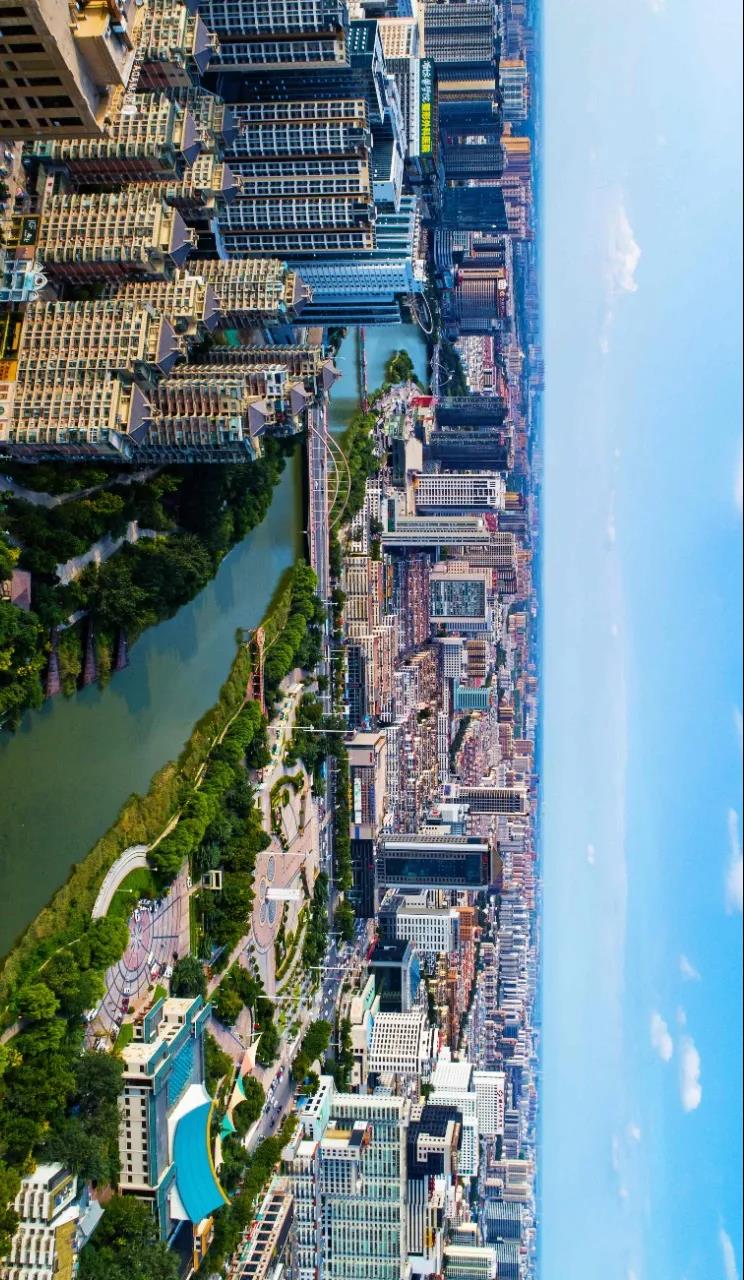
The innovated “Three Mode” offered a best practices to agriculture industry. Weichai Power, Shengrui Transmission and GoerTek, are leading the national industry development.

From foggy Yi mountain to waves Laizhou bay,its distinctive location generated various food including greasy Chao Tian Guo(a pork roll)and tasty fruit Luobo(a Chinese radish)
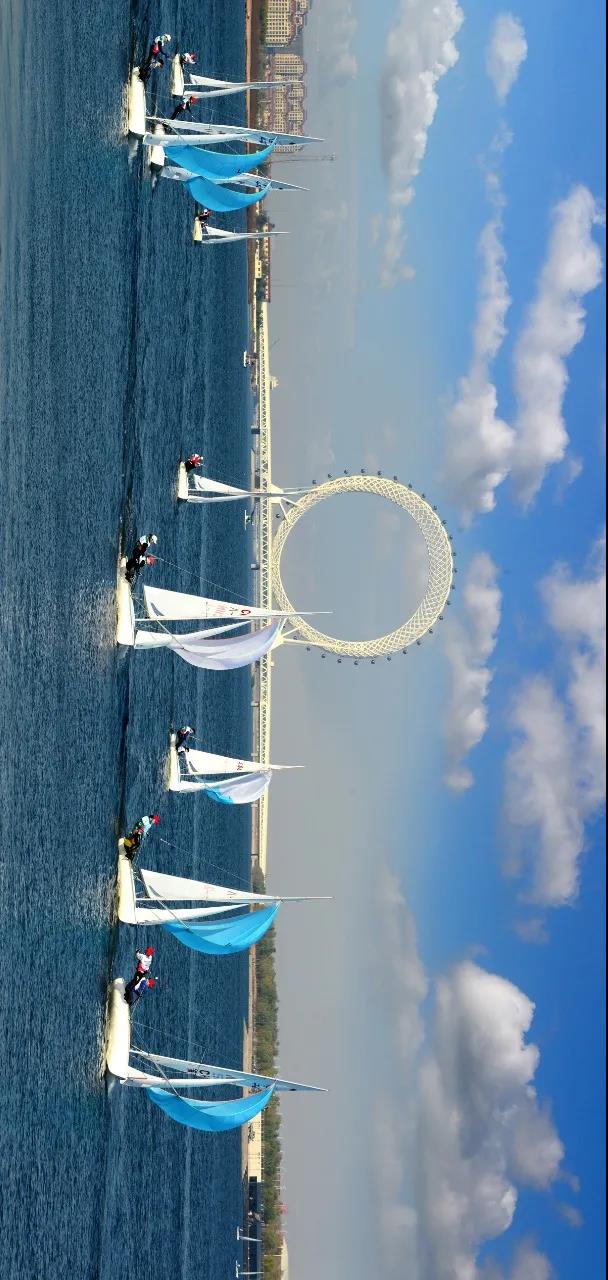
The Cretaceous period, 70 million years ago
Groups of dinosaurs were live in this land and left us
the largest duck-bill dinosaur fossils and fossil complex

7,000years ago,people has settled in this city to create successive civilization with countless valuable heritages and hundreds historical celebrities.
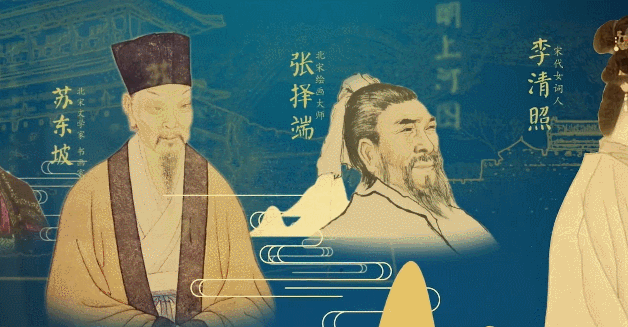
Today, the city total output value of agriculture, forestry, animal husbandry and fishery exceeded 100 billion yuan, six over 100 billion of industries drive it speed up to a powerful manufacturing city.
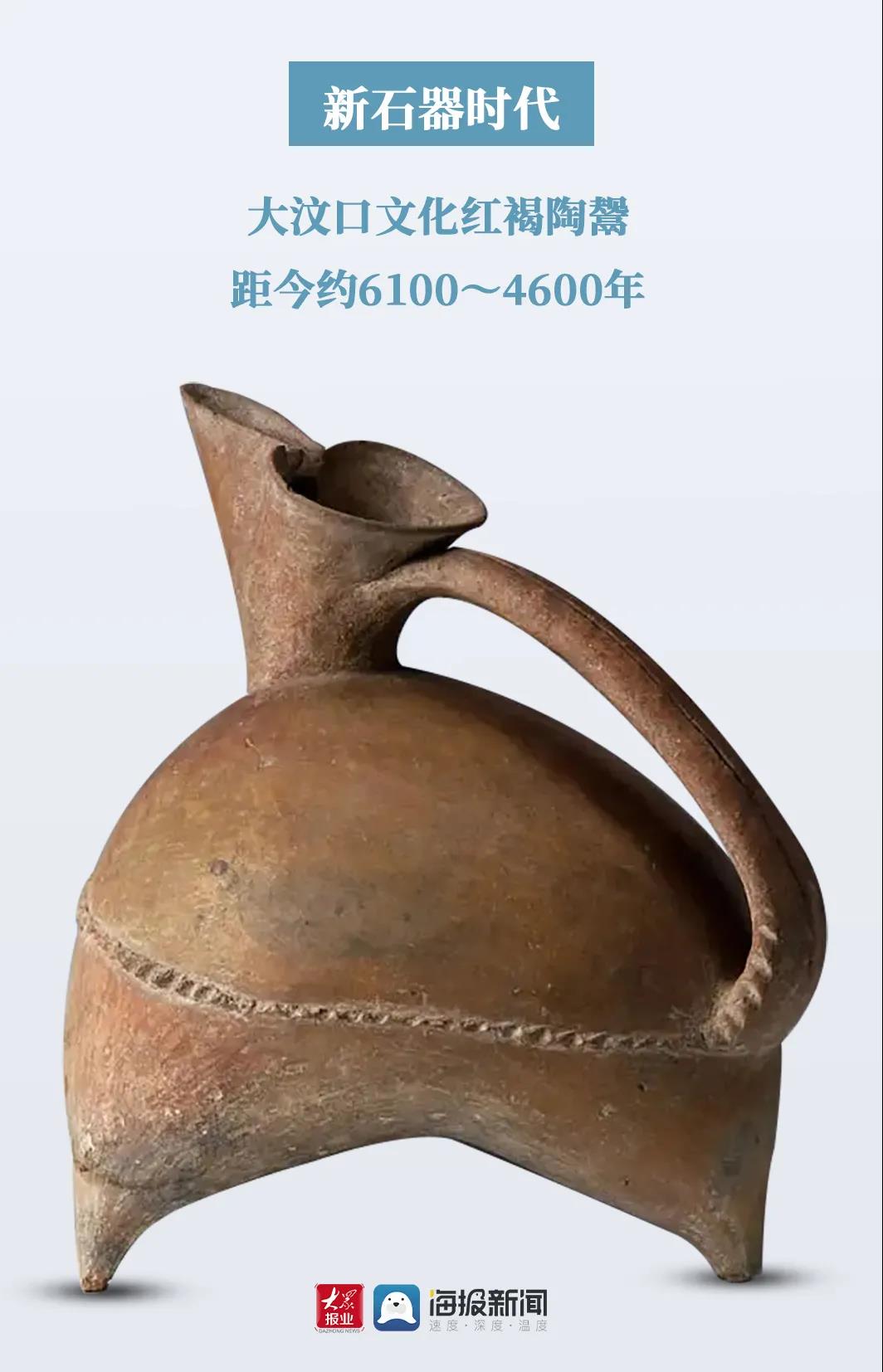
1、Rich Culture
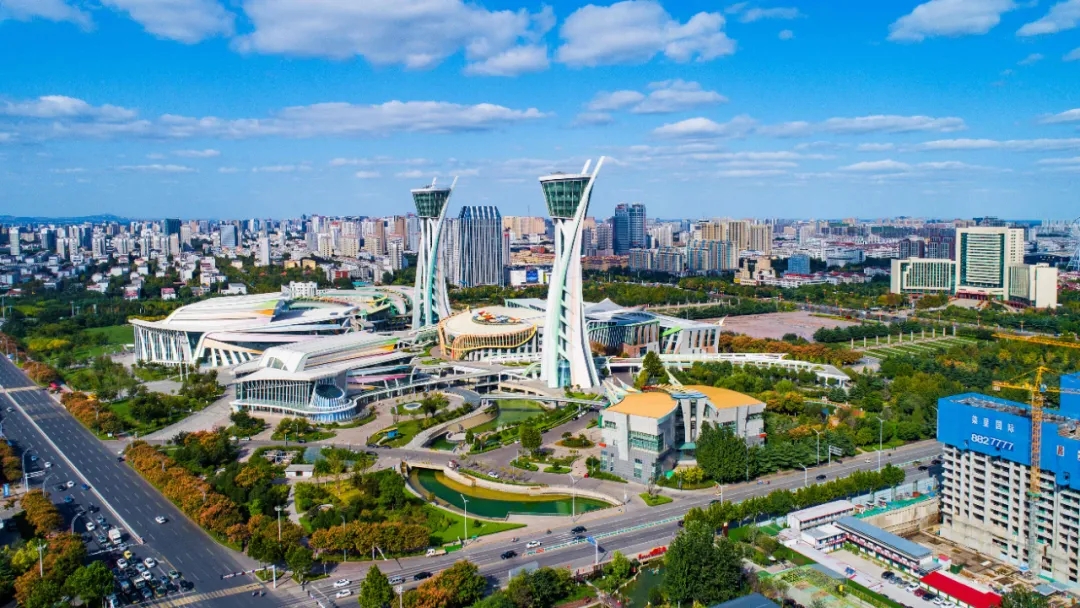
Weifang has a rich history and culture
It was one of the ancient nine states, the center of Qi kingdom, showered by Confucian classics of Han dynasty and literature of Ming dynasty and Qing dynasty, appeared Yu and Shun,the ancient legend emperors, Jia Sixie, famous ancient agriculturist, and Zhang Zeduan, the painter of "Riverside at Qingming Festival",also created excellent cultures such as Dongyi, Longshan Culture, and so on. More than 1,800 ancient relics have been preserved here and over 200 cultural relics preserved in Qingzhou only, which is rare in China.

Zheng Banqiao wrote a poetry collection which featured with vivid folk customs description when he lived in Wei. Zhao Mingcheng, lived in Qingzhou for 13 years and co-authored the first book for studying ancient gold and stone inscriptions with his wife Li Qingzhao, a famous female poet.
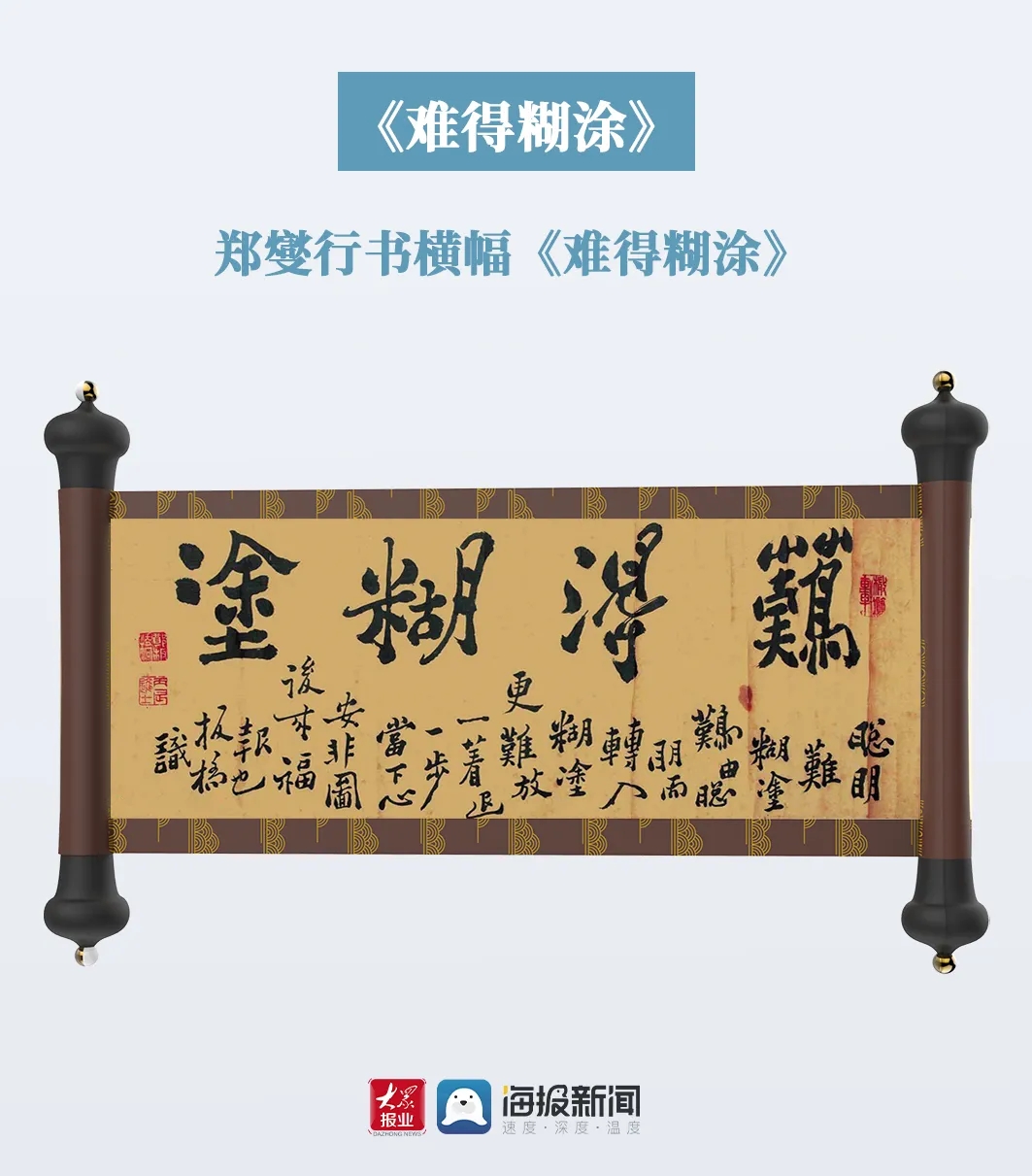

Weifang is a city of Chinese painting, since the Five Dynasties to Qing dynasty, a batch of accomplished painters occurs here. 1922, Wei painting club set up means Weifang painting school officially appears in Chinese art history.

Contemporary painting and calligraphy masters, such as Liu Dawei, Guo Yizhong and so on , with their works which have been widely praised, are lay a solid foundation for Weifang to be a "Chinese painting city"
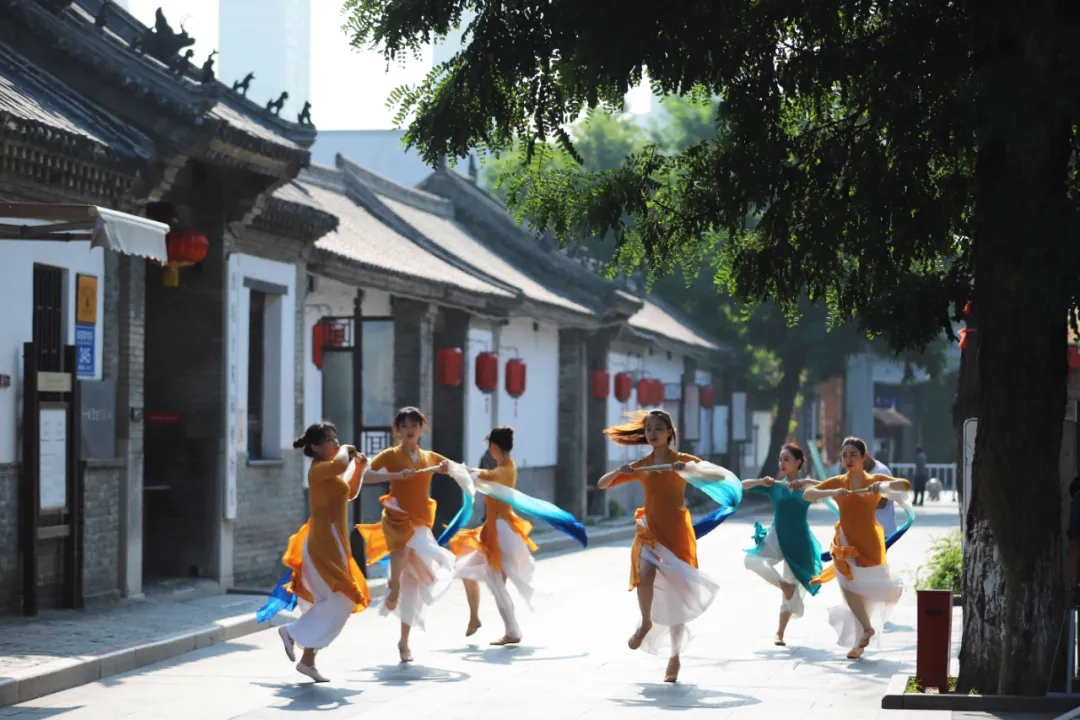
Weifang's painting and calligraphy art has been well industrialized, its standardization and cultural industry chain is also leads the country.

last 90s , the earliest galleries and antique shops have collected around about Weifang riversides and Qingzhou train station.
In 2020, Weifang has successfully held ten Chinese painting festivals and thirteen cultural and art exhibitions to promote nearly 20 centralized markets and more than 2000 galleries, art museums, calligraphy and painting studios of all kinds of cultural and art works in the city. The annual turnover reached more than 30 billion yuan.

Weifang is also the hometown of kites
Weifang kites takes about 85% share in the national market and 75% of
the international market
so called The city of kites
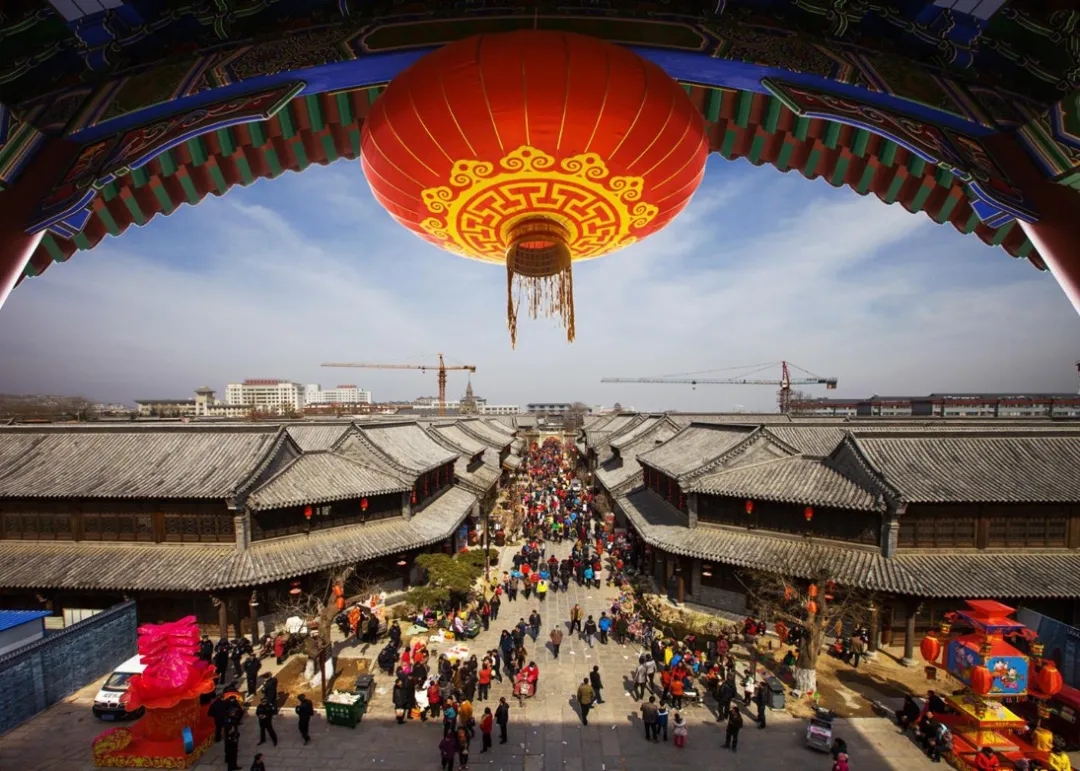
The salt industry of Weifang has a history of thousands of years, which is proved by its reputation as "the capital of sea salt in China"
According to records, Weifang began to boil the sea for salt more than 5000 years ago.
The salt resources in Weifang are of high grade and centrally distributed. Shuangwangcheng Reservoir were honored as one of the top ten archaeological discoveries in China in 2008
The earliest site of sea salt production was found in China, the earliest salt sedimentation and evaporation ponds, the largest salt produce facility
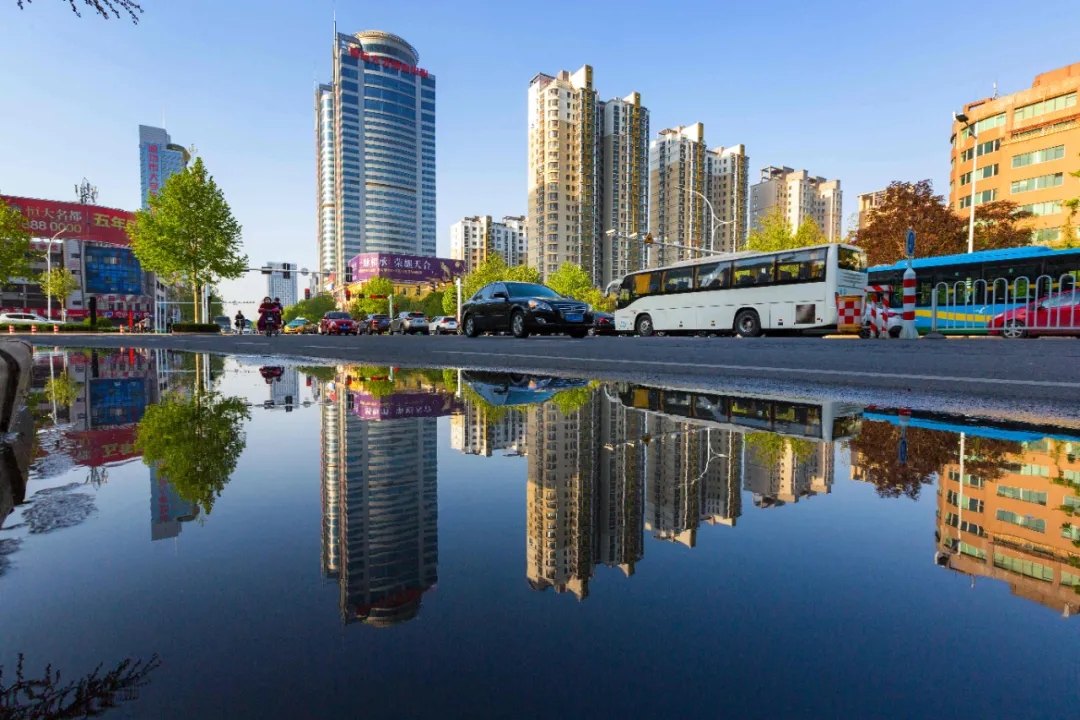
With the advantage of long coastline, Shandong province has more than 75% of sea salt production in China, among which Weifang has more than 30,000 hectares of salt fields and is an important sea salt production base in China, with an annual output of 13 million tons of salt.
delicious food below is a part of Weifang Intangible cultural heritage.
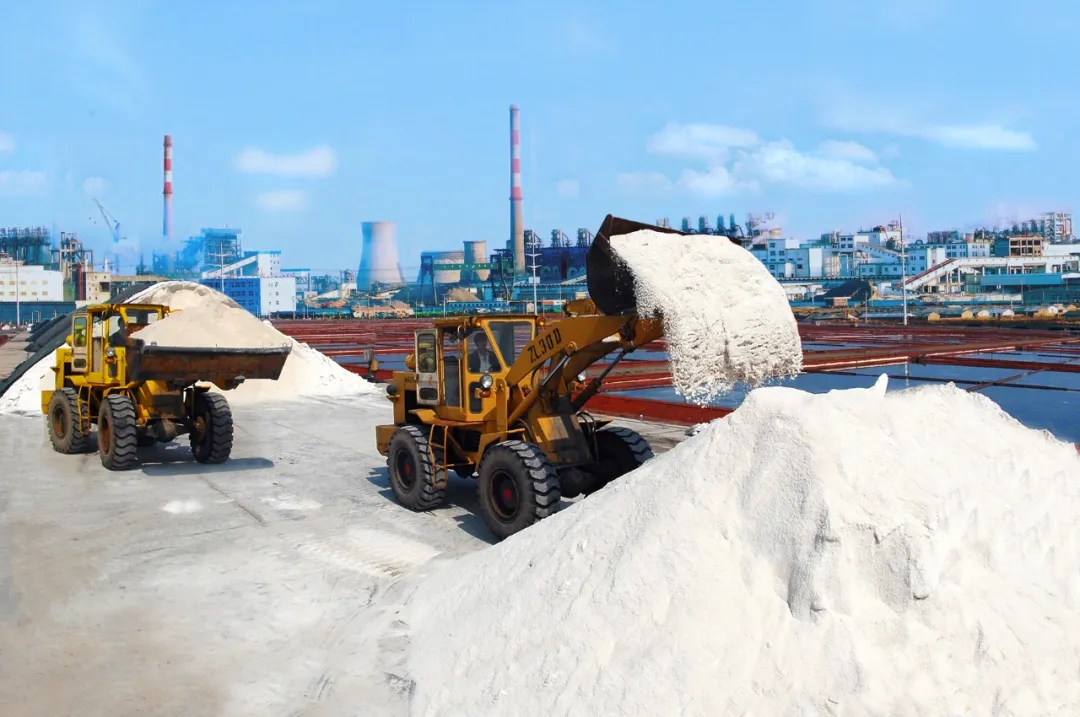
2、Magnificent scenery
Weifang City is in the northern of Shandong Province, surrounding by the Bohai Sea and Yimeng mountain.
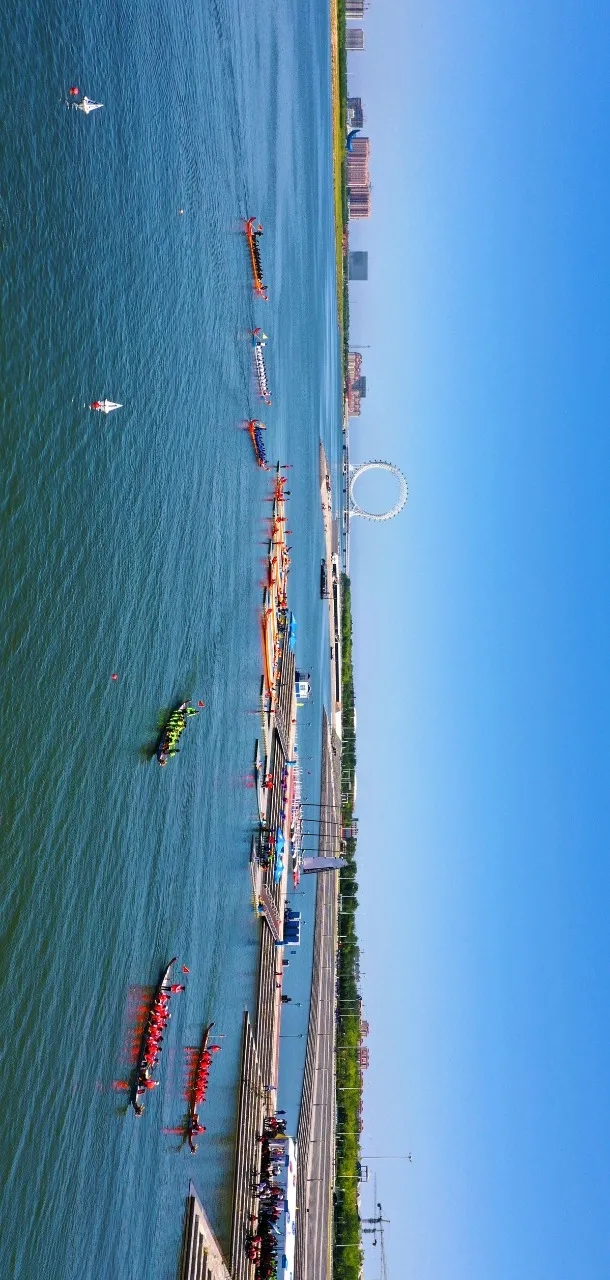
Bailang River is the mother river of Weifang with 105 km length and covers 1262 square kilometers
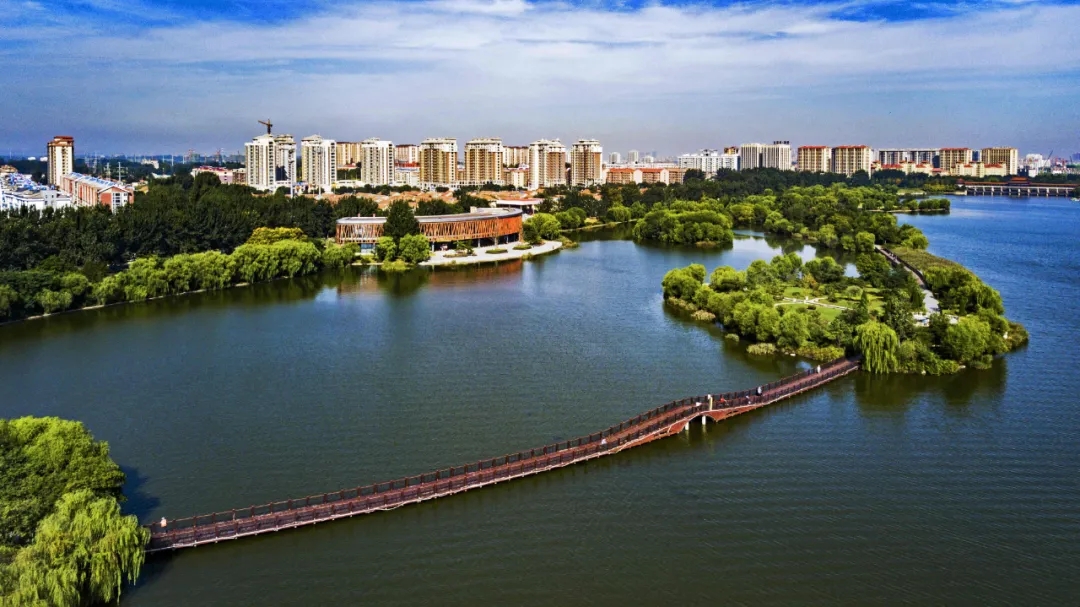
Xiashan Reservoir’s storage is 1.405 billion cubic meters
Xingli reservoir with capacity 603 million cubic meters is the largest reservoir in Shandong Province.
The Yi mountain main peak , 1032 meters above sea level, is the fifth peak in Shandong Province.

3、Convenient Traffic
120 years ago, Weifang connected with Qingdao and Yantai in the east and Dongying and Zibo in the west. The major expressways, high-speed rails, airports and ports crossed here.
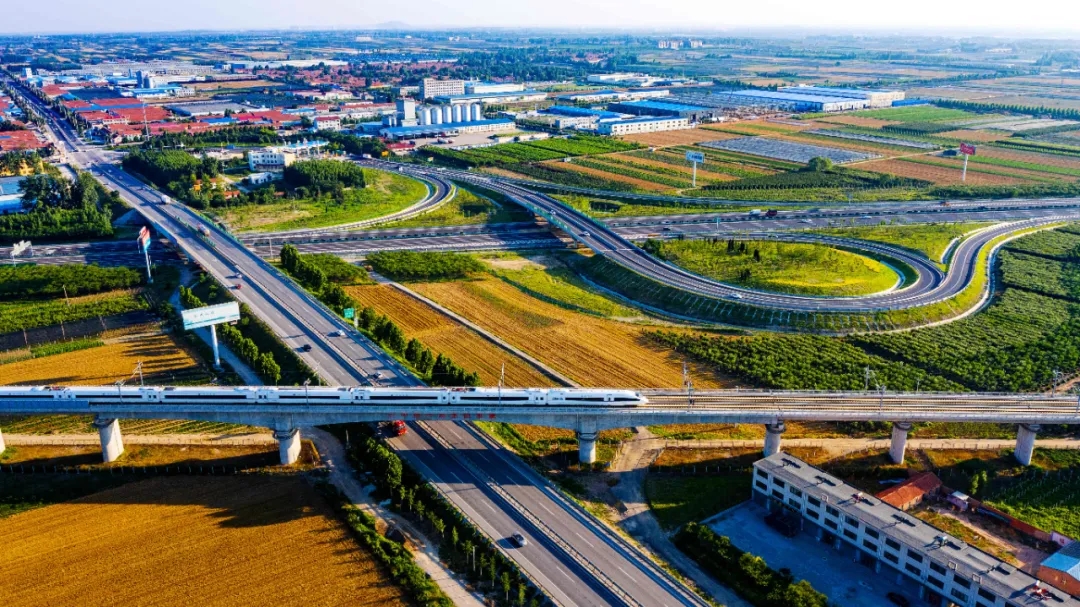
120 years after, expressway and rails which across Weifang, connected Beijing and Shanghai tighter.Other nine expressways and six high-speed railways intersecting here to form a traffic hub.
In particular, the 1421 square kilometers of coastline with obvious advantages in the ocean account for 1/4, 1/6 and 9/10 of the output of raw salt, soda and bromide respectively in China.

Sea salt economy shows the openness of Weifang,while the plain and mountain economy of Weifang presents its practicality, such as Shouguang vegetable market, nationwide Zhucheng "Delicious" meat which created with the agriculture plus concept and Beiqi Foton Group, especially Weifang’s urban economy, Linqu County is a famous silk town,Since the early of Qing Dynasty, its silk had not only sold to Xinjiang, Sichuan, but also exported to Southeast Asia as a well-known commodity overseas.
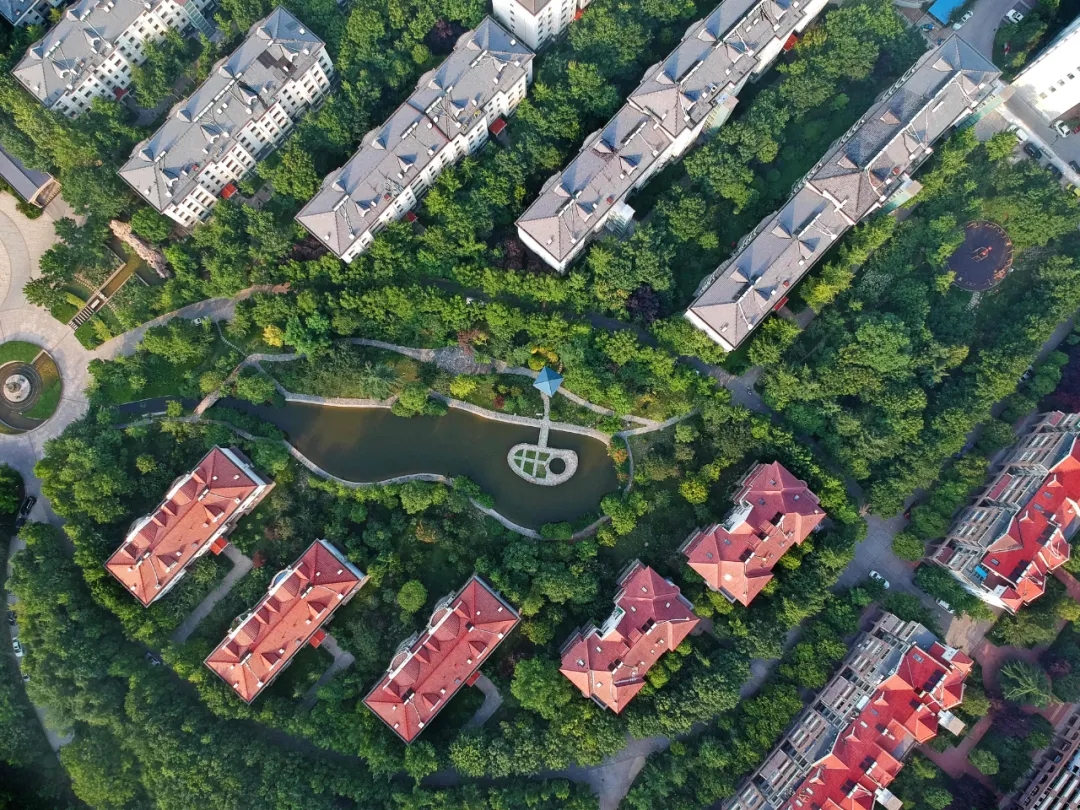
During the Ming and Qing Dynasties,Wei County, the ancient Weifang, had developed into an important handicraft town in Shandong Province. Its bronze imitation and silver-inlaid technique were well known in the world at the end of the Qing Dynasty.
Now, Weichai Power and Levo and Jinyi Machinery have become the leading enterprises in the domestic agricultural machinery industry. The output value of Weifang's agricultural machinery and equipment industry accounts for 1/2 of that of Shandong and 1/4 of that of the whole country.
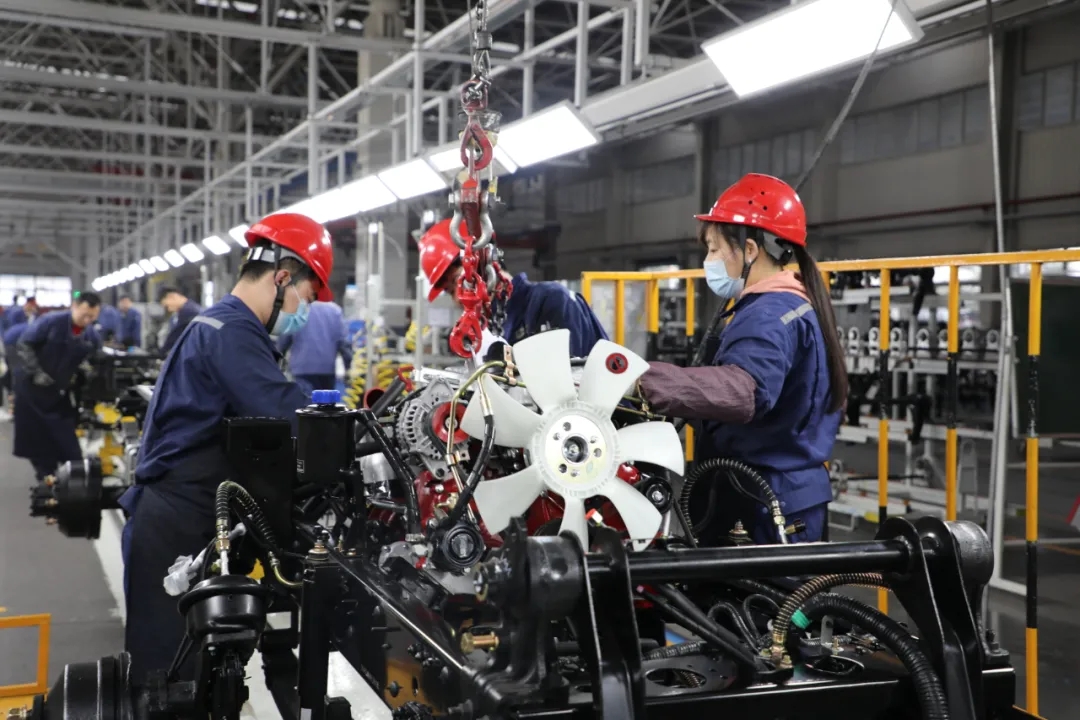
4 Thriving Agriculture
From traditional agriculture to smart agriculture
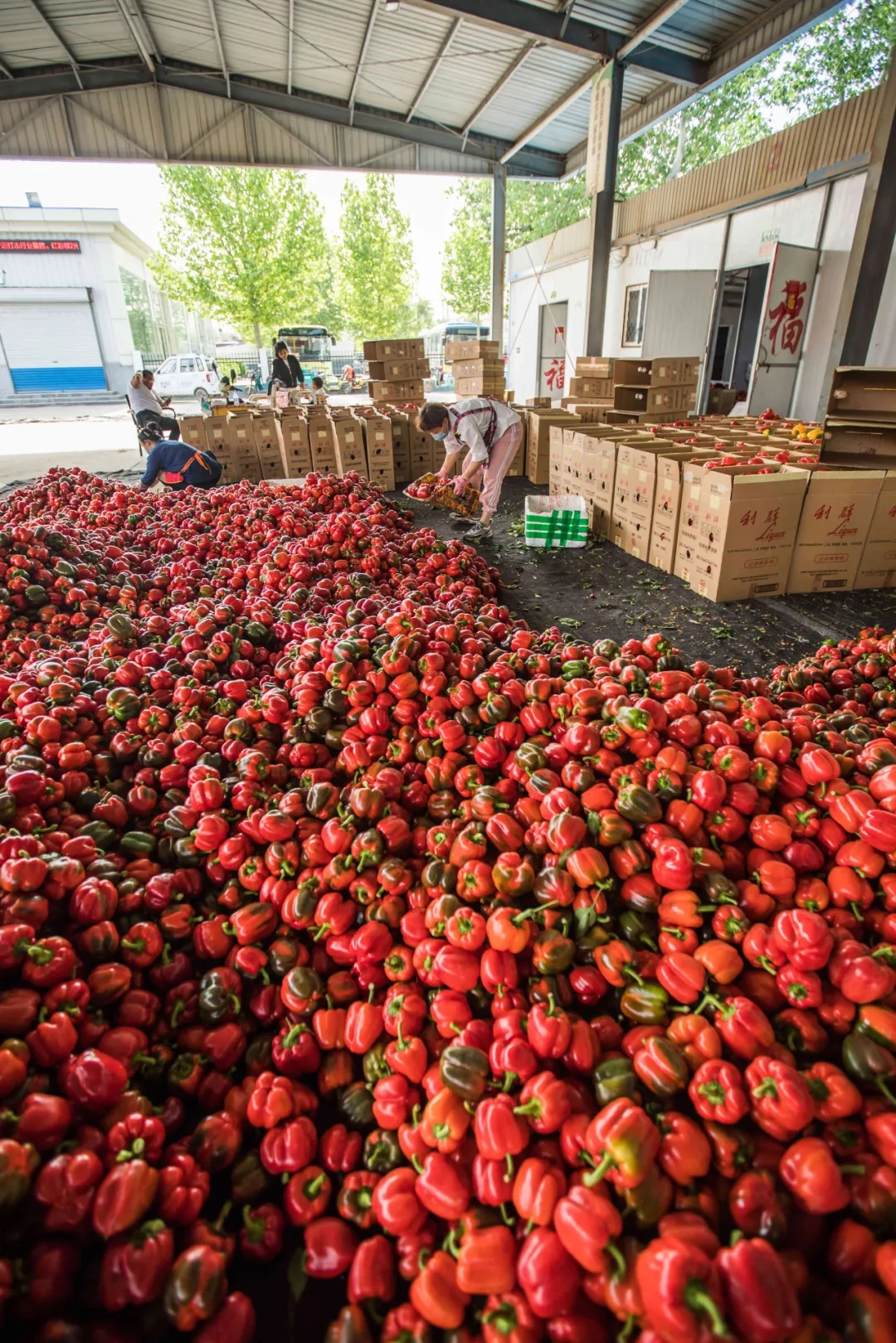
From grains to fruits and vegetables from the province's benchmark to lead the country, Shouguang has become the distribution center of vegetable products in China, the exchange center of vegetable information, the formation center of vegetable price and the formulation center of vegetable standard.

In 2020, the total output value of the agriculture, forestry, animal husbandry and fishery reached 103.8 billion yuan, an increase of 11% compared with the end of the "12th Five-Year Plan".
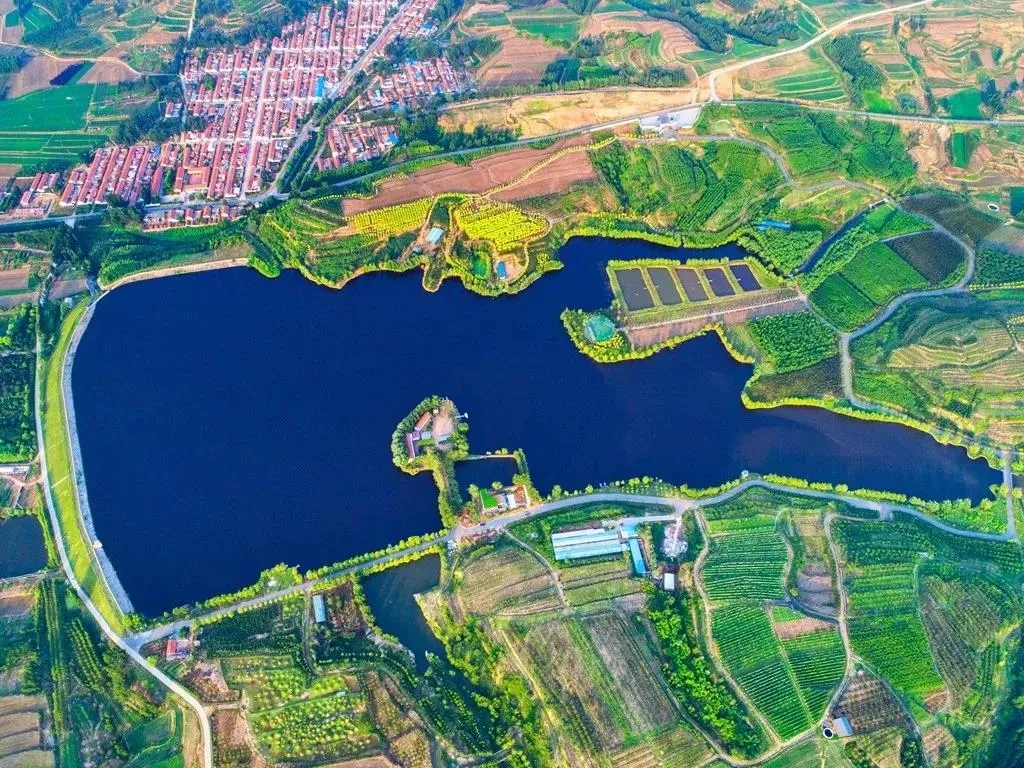
5、 Vigorous Power Machinery
Mr. Teng Huichen, The father of ICE (internal combustion engine), founded Huafeng Machinery Factory in 1920, which is one of the earliest manufacturers of diesel engines and agricultural machinery in Shandong province and even China.
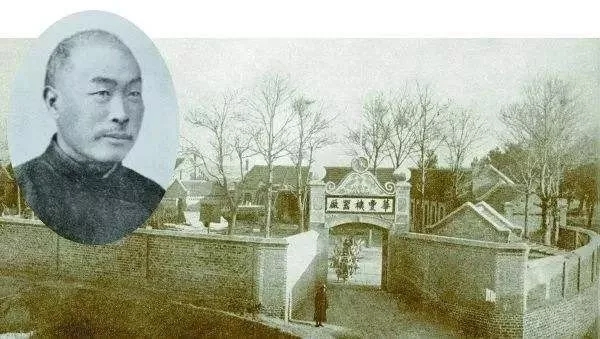
In 1967, the first tractor of Shandong Province was born in Weifang. In 2009, Changle Yinqiu town with its annual output of 12 horsepower tractor, 300 thousand diesel engine and 100 thousand output, sales income are ranked the first in the country.
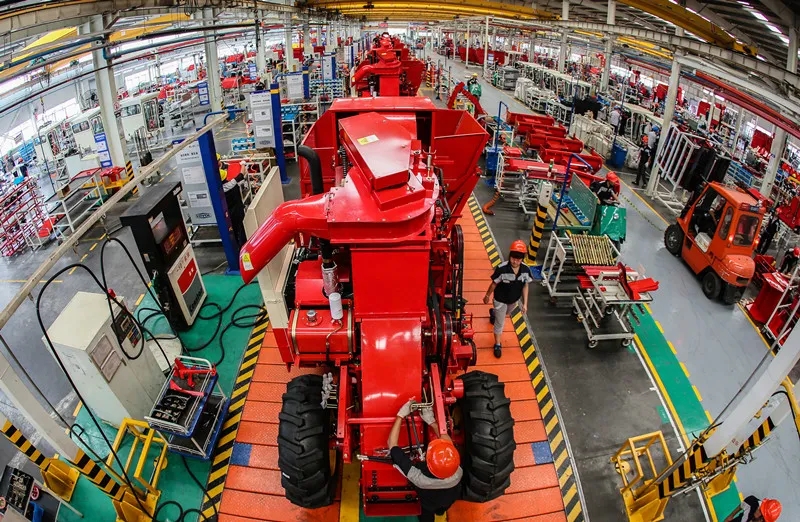
The first 2000 horsepower diesel locomotive in China is successfully trial-produced in Weifang Diesel Engine Factory
On September 16, 2020, Weichai Power Group officially unveiled the world's first commercial diesel engine with a thermal efficiency exceeding 50%, marking China's heavy-duty diesel technology had advanced toward the top class and produce independently .
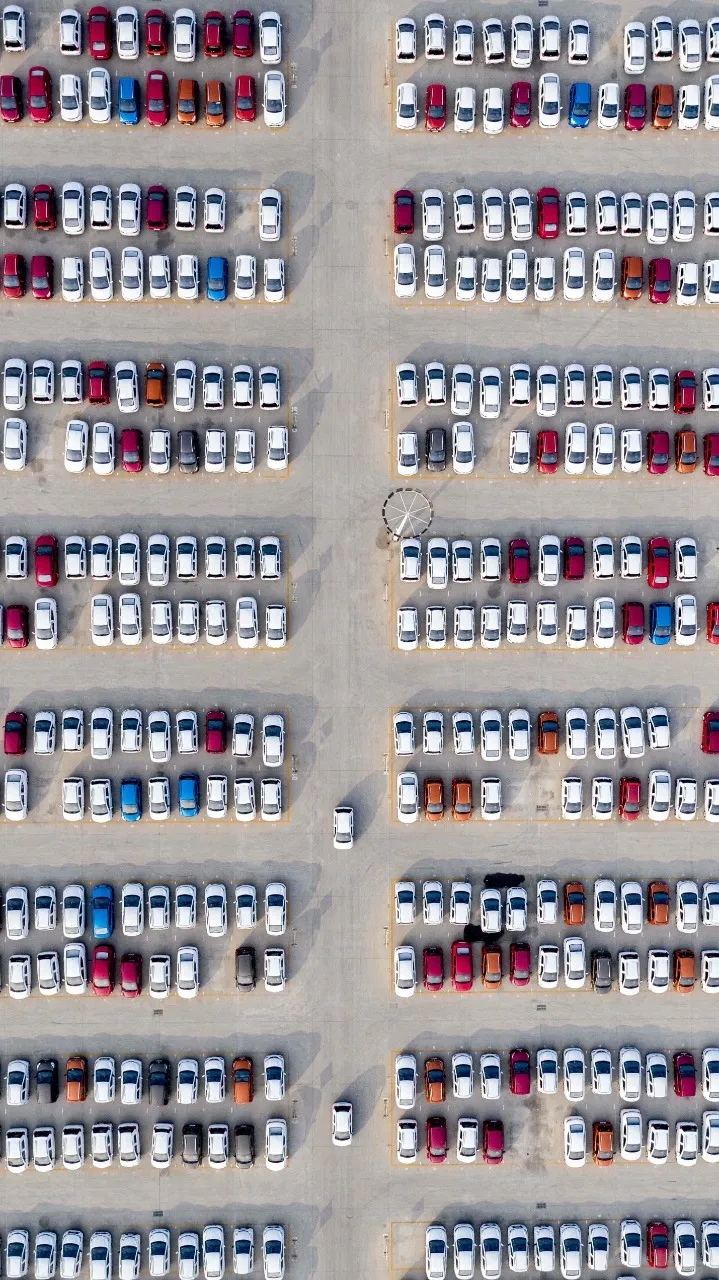
Goer Group focuses on the electro-acoustic 20 years to grow to 63 billion scale.
